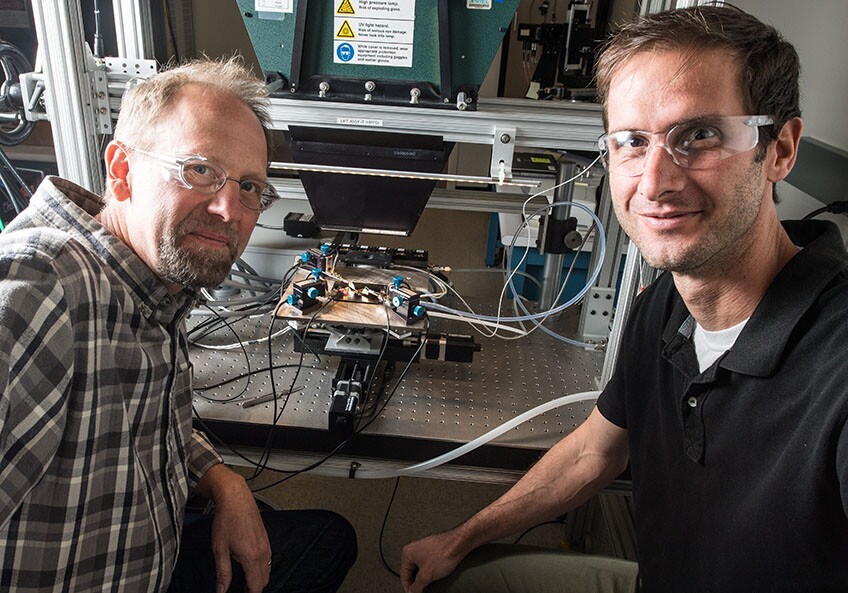Solar cells are constantly improving on the road to maximum efficiency. Now, three records have been broken by two different devices, including one that pushes the highest overall solar conversion efficiency towards the 50-percent mark.
The top honor was claimed by researchers at the National Renewable Energy Laboratory (NREL), who have developed a new solar cell with an efficiency of 47.1 percent. That makes it the most efficient solar cell of any kind in the world – for now, at least. These records have a tendency to be broken pretty regularly.
The device is what’s known as a six-junction III-V solar cell, meaning it’s made up of six different types of photoactive layer. Each of these is comprised of various III-V materials, named after their positions on the periodic table, which collect energy from different parts of the light spectrum. In total there are around 140 layers, packed into a solar cell that’s thinner than a human hair.
It’s also worth noting that the record was broken under light focused to be about 143 times stronger than natural sunlight. While the efficiency of this design is obviously going to drop in real-world uses, the team says that the device could be built with a mirror to focus the sunlight onto the cell.
The team also tested a variation of this cell under light equivalent to one Sun, and it still achieved an efficiency record of 39.2 percent.

In a separate study, researchers from Helmholtz Zentrum Berlin (HZB) broke a different efficiency record, this time for a new type of tandem solar cell.
Tandem solar cells are those with two different types of photoactive layers. In this case, one layer was made of perovskite, while the other was a combination of copper, indium, gallium and selenium, which the team calls CIGS.
The CIGS layer, which measures between 3 and 4 micrometers thick, is deposited first, then the perovskite layer, which measures just 0.5 micrometers thick, goes on over the top. The two work well together because the perovskite collects visible light, while the CIGS targets infrared. To improve the contact between the two layers, the team added a layer of rubidium atoms between them.
With this method, the team reached a peak efficiency of 24.16 percent. That’s not quite as high as silicon-perovskite tandem cells, but considering this is the first perovskite-CIGS tandem cell it’s a great start. The thickness, or rather, thinness, of the technology means flexible solar modules could be produced, which, being extremely light and stable against irradiation, would be well suited to applications in space.
A paper on the six-junction cell was published in the journal Nature Energy, while the perovskite-CIGS cell was discussed in Joule.





